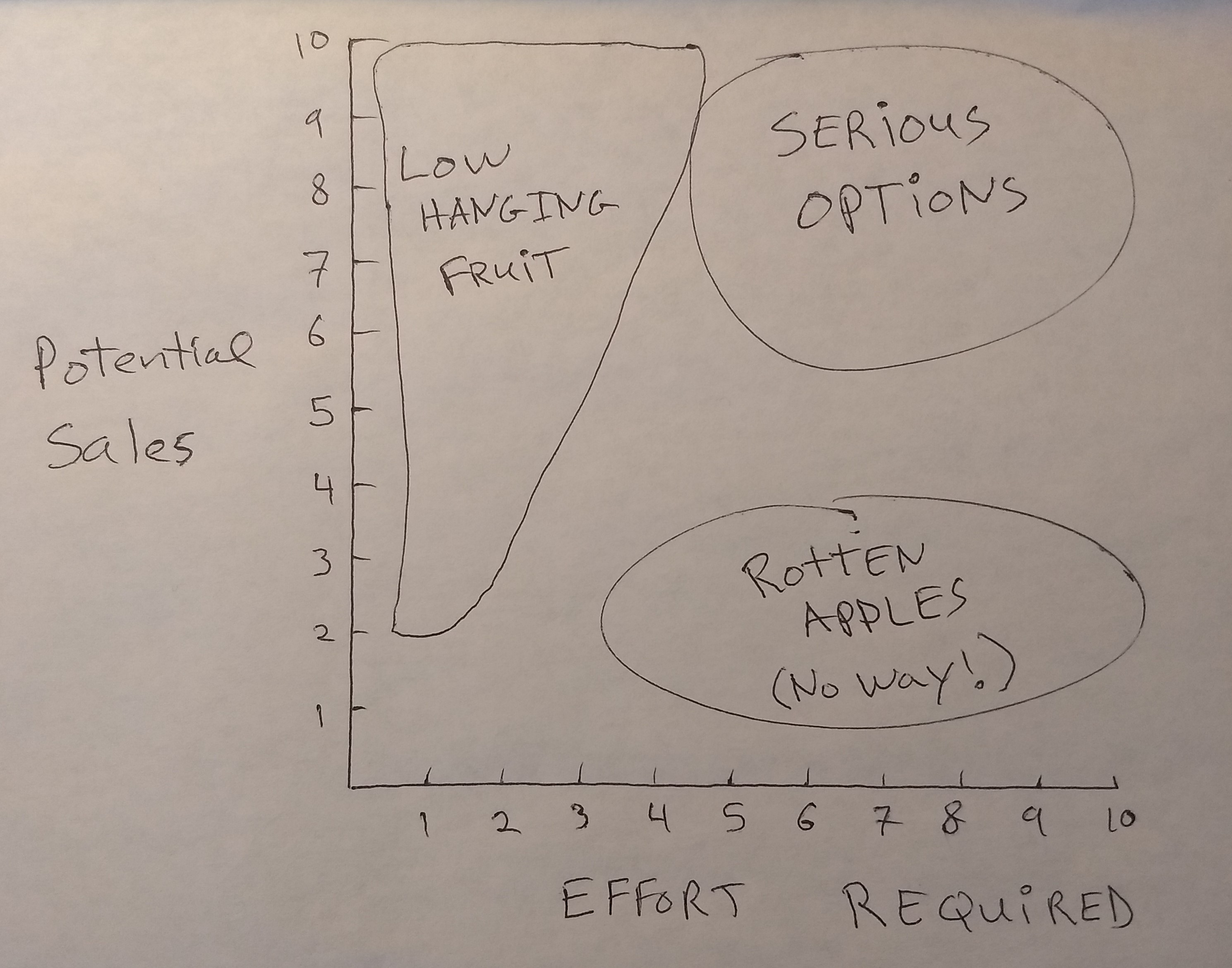
Just as your organic farm or market garden grows and develops, so your role evolves over time, in an arc from Artisan to Manager to Entrepreneur. Actually, you might not realise it, but you likely already wear all three of these hats at the same time as a farmer.
The other way of phrasing this is that there are three roles at the farm: Producer, Manager, and Captain.
As your business matures through time, more and more time shifts from being an Artisan to being an Entrepreneur. It is a natural progression, and it is this inflection point that inspires many of my Farmer Coaching clients to reach out to me. As your business progresses it becomes increasingly important to be aware of the different hats that you are wearing, and to make sure to carve out designated time and mental space to do the important work of being the Captain of your business.

The following are some key elements of each of these roles that you enhabit:
As Producer (Artisan), your role is to use your energy, skills, and time to execute the necessary steps and actions to produce a product of outstanding quality.
As Manager your role is to make sure that every artisan/producer on the team has the tools, information, skills, and work environment necessary to achieve their highest potential in a manner that is satisfying to mind, body and soul.
As Captain (Entrepreneur), your role is to leverage your position of privilege and knowledge to;
- Identify and seize business opportunities and orientation
- Access sources of capital
- Put this capital to work designing and implementing business processes and systems whereby;
- Producers and Managers are able to effectively generate profits
It is the Captain’s job to define the farm’s mission and vision and to infuse the daily grind with a sense of meaning and purpose. Fundamental to the Entrepreneur’s role is the design and creation of systems – to create structure in terms of how the business is run, how the crops are produced, marketing strategies and plans for the farm and products, etc.
It’s easy for even the most intentional and self-aware farmers to become bogged down in the daily operations of the farm and almost completely neglect their role as Captain, to the detriment of both business and personal growth.
Time for Action
How is your use of time currently distributed between these three roles?
When is your Captain time?
What elements of the business would you like to address during your Captain time?

Further reading:
The 7 habits of Habits of Highly Effective People by Stephen Covey
Here’s a little excerpt on this subject:
“Leadership and Management are two different things. Leadership is not management. Leadership has to come first.
Management is a bottom-line focus: How can I best accomplish certain things? Leadership deals with the top line: What are the things I want to accomplish? In the words of both Peter Drucker and Warren Bennis, “Management is doing things right; leadership is doing the right things.” Management is efficiency in climbing the ladder of success; leadership determines whether the ladder is leaning against the right wall.
You can quickly grasp the important difference between the two if you envision a group of producers cutting their way through the jungle with machetes. They’re the producers, the problem solvers. They’re cutting through the undergrowth, clearing it out.
The managers are behind them, sharpening their machetes, writing policy and procedure manuals, holding muscle development programs, bringing in improved technologies, and setting up working schedules and compensation programs for machete wielders.
The leader is the one who climbs the tallest tree, surveys the entire situation, and yells, “Wrong jungle!” But how do the busy, efficient producers and managers often respond? “Shut up! We’re making progress.”
As individuals, groups, and businesses, we’re often so busy cutting through the undergrowth we don’t even realize we’re in the wrong jungle. And the rapidly changing environment in which we live makes effective leadership more critical than it has ever been — in every aspect of independent and interdependent life.”
Need help defining your role and managing your time effectively?



